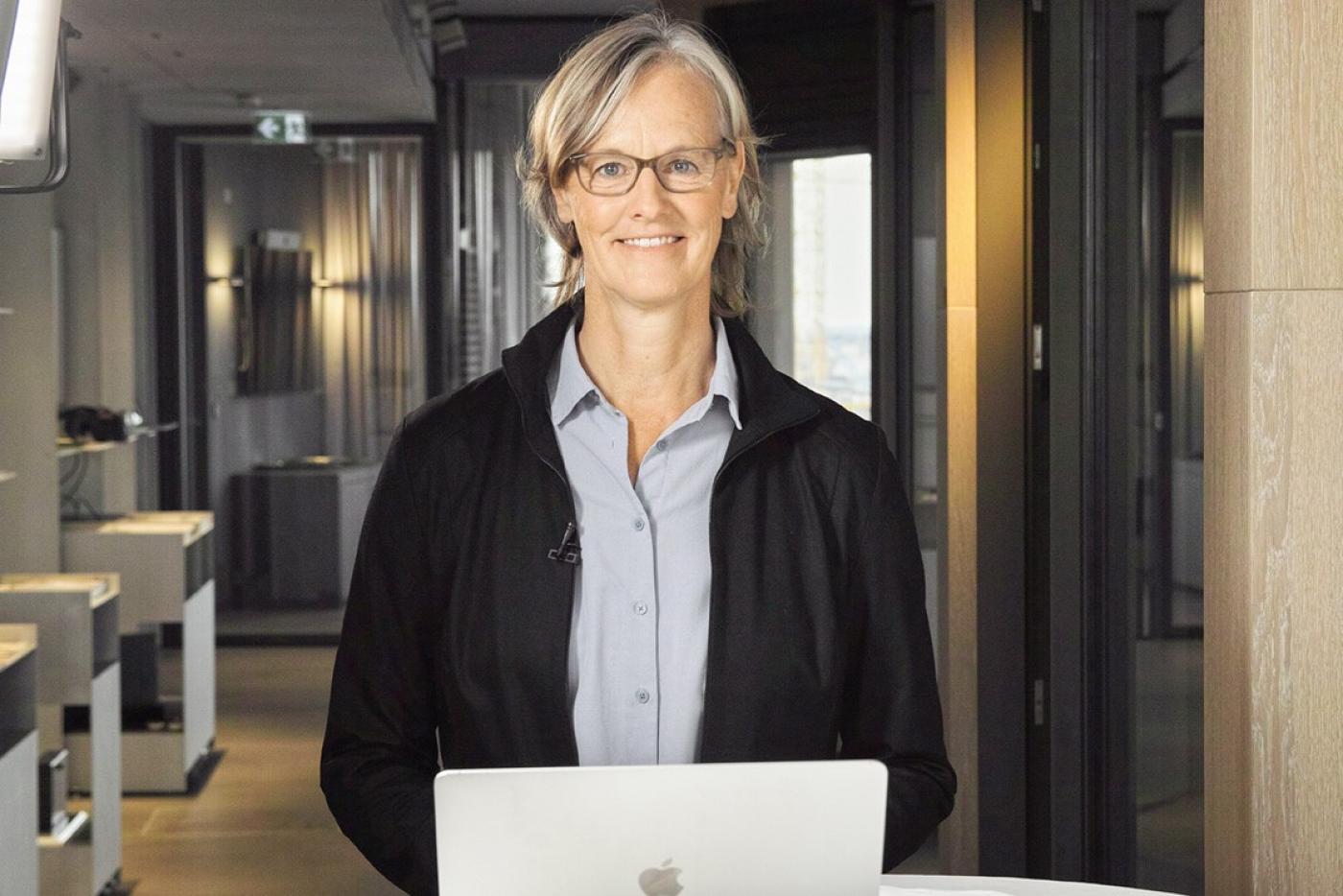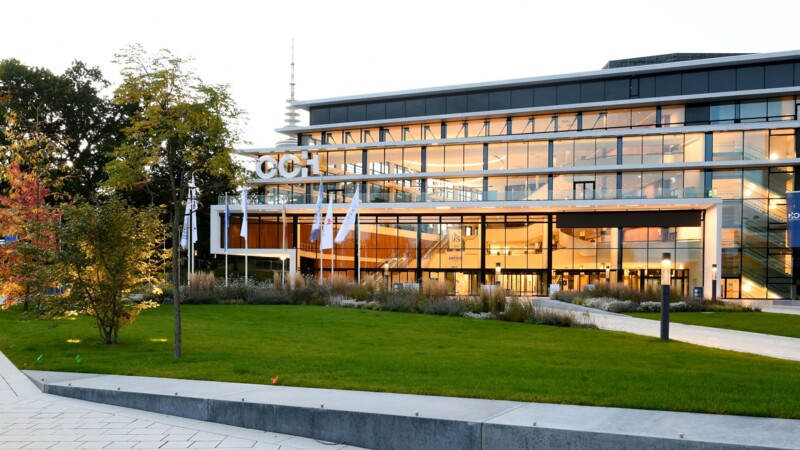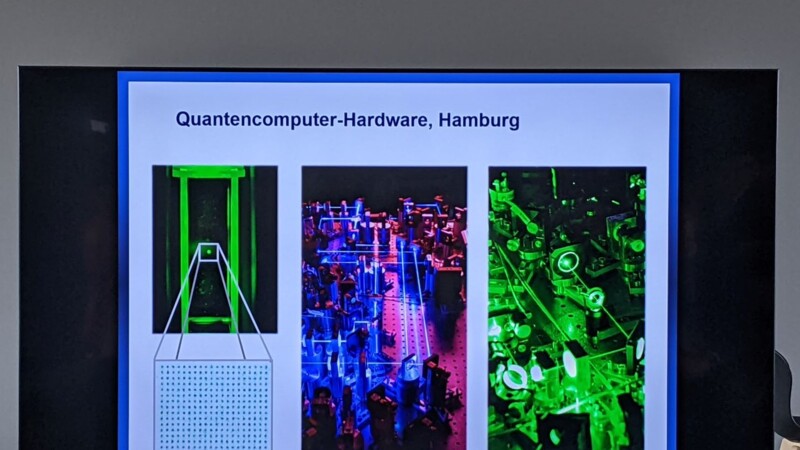"Every new district must be thought of in relation to the surrounding districts, in this case Veddel, Wilhelmsburg, Harburg and the city centre. We conduct simulations to provide reliable answers to issues such as the use of public transport, access to green spaces or the need for childcare as early as the planning phase," said Professor Gesa Ziemer, Director of the City Science Lab and Academic Director of the United Nations Innovation Technology Accelerator for Cities (UNITAC). Grasbrook's location, south of the Elbe, means that it is mainly accessible via the Elbtunnel and the Elbbrücken bridges, which is not ideal for private transport, Ziemer pointed out. "Alternative solutions are being considered, for instance, sharing services in underground car parks, which the lease foresees." The onus is now on the transport and property sectors to grow together and offer attractive mobility options in these and other parts of the city.
Twenty-first century development projects simply must offer a good mix of offices and housing regardless of whether they are in the new Mitte Altona district, which is being built on the site of a former freight station, in Oberbillwerder in the east or on Grasbrook in central Hamburg. On Kleiner Grasbrook, which will remain in use as a harbour, developers are now tasked with reconciling the traffic and noise pollution caused by the resident companies with the new dwellers’ needs. To achieve these goals, Hamburg is counting on the support of HafenCity University's City Science Lab. For the Grasbrook project, the lab came up with an interactive CityScope model after collaborating with the MIT Media Lab at the Massachusetts Institute of Technology and HafenCity Hamburg GmbH (HCH).
Mobility and property sector merging

What is needed when and where?
Sharing services only pays off once a certain number of inhabitants are reached. Therefore, the size of a new suburb is crucial. CityScienceLab's simulations can help urban developers with their planning. The same applies to population density. "Our tools allow us to map the situation in Hamburg accurately and come up with answers to the effects of settlement or increased tourism. We can link area data with social data and show exactly how districts are developing with the CoSi software." However, that means urban developers need expert tools based on data which is subject to data privacy and is not publicly accessible. "We offer public tools such as the digital participation tool DIPAS, in co-operation with the Urban Development Authority. People can comment thereon and their feedback can be used to optimise car-sharing offers or the design of public spaces. We know then where bicycle stations are needed or where bus lines should be routed."

Use of machine learning
Ziemer and her team also use machine learning (ML) to evaluate data provided by residents. Information events and various means of participation are held in co-operation with the Stadtwerkstatt to involve residents in the planning of new urban districts. "Sometimes 3,000 comments are received during public participation. They are evaluated by means of speech recognition. ML recognises the accumulation of certain terms such as 'traffic', 'green spaces' or, in the case of the Grasbrook project, 'quality of life on the waterfront'. The system deduces people's priorities based on the clustering and makes predictions."
Answers to humanitarian questions worldwide
Many of the City Science Lab's simulations are based on the analysis of highly accurate map data. "We rely heavily on geo-based data. The State Office for Geoinformation provides good maps of Hamburg, precisely because of the various development projects in the city." The good database in turn leads to improved forecasts. "We can correlate data in one to two days and answer many questions quickly. We can also visualise them on maps," said Ziemer. The lab's successful work is sparking global attention. "Our approach is applicable to the diverse challenges in the Global South. Hamburg is already lending Germany a pioneering role at the United Nations as its technology can be developed to approach humanitarian issues such as informal settlements or climate disasters." In this way, the City Science Lab's work is likely to make waves far beyond Hamburg.
ys/pb
Sources and further information
More
Similar articles

New Congress Center Hamburg to celebrate grand opening

Multi-faceted, downtown Hamburg now conceivable, says expert

